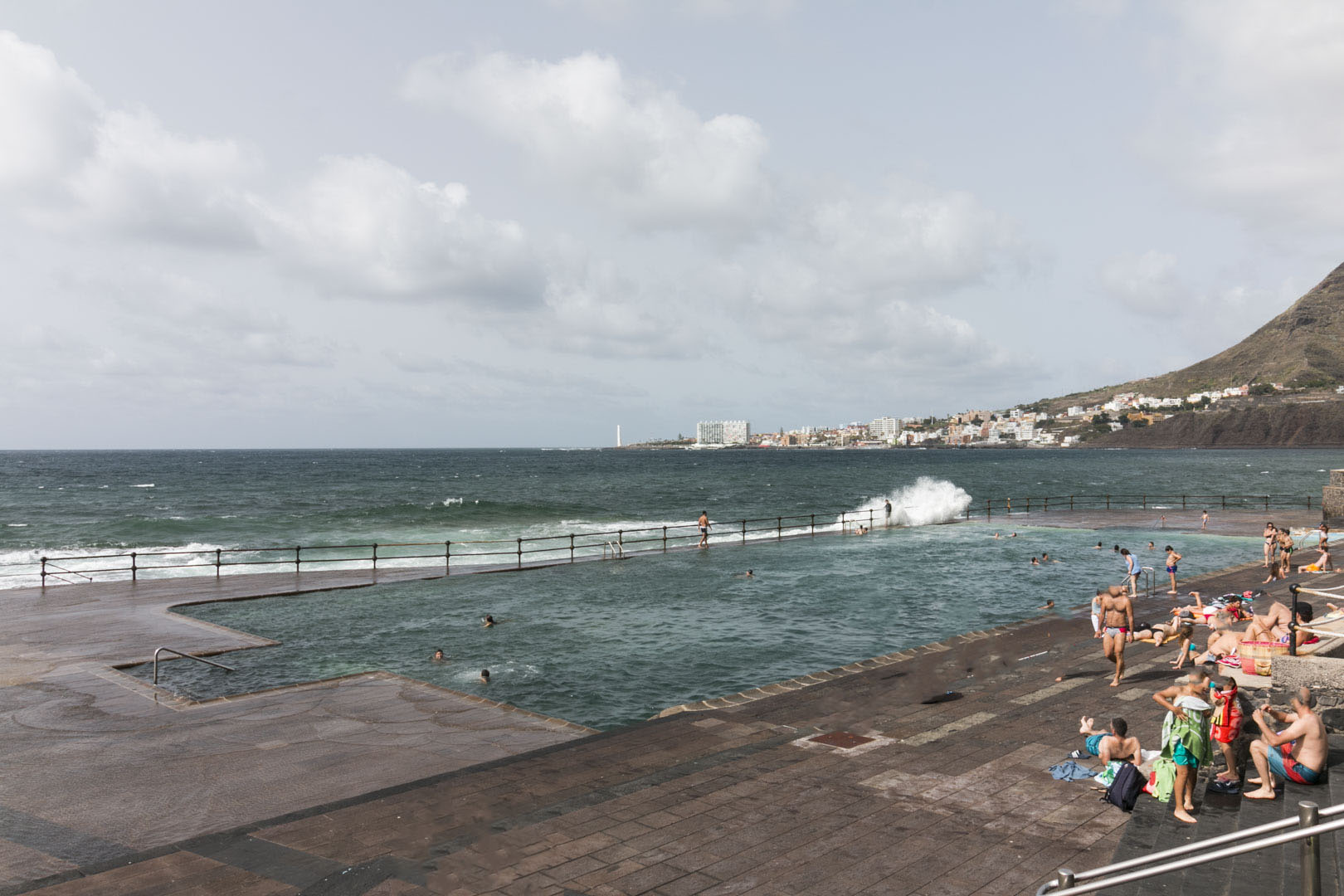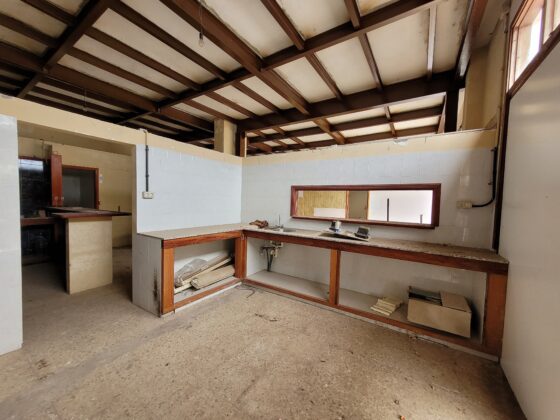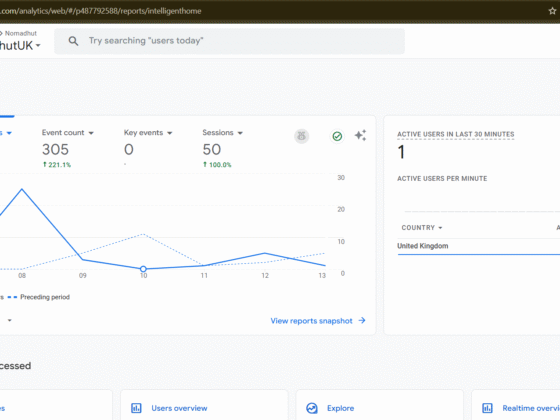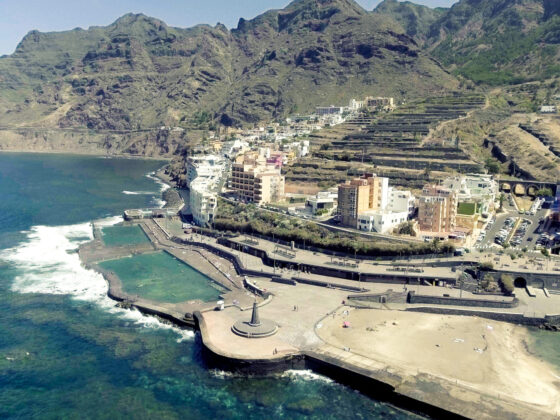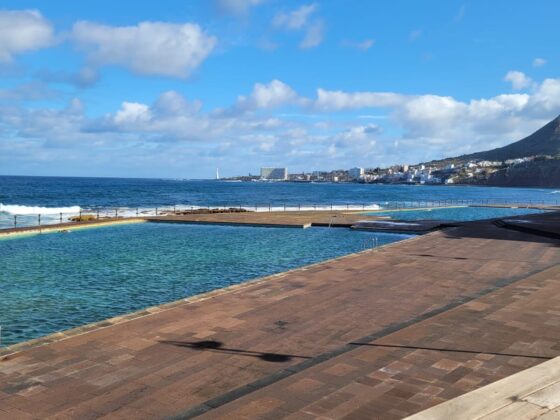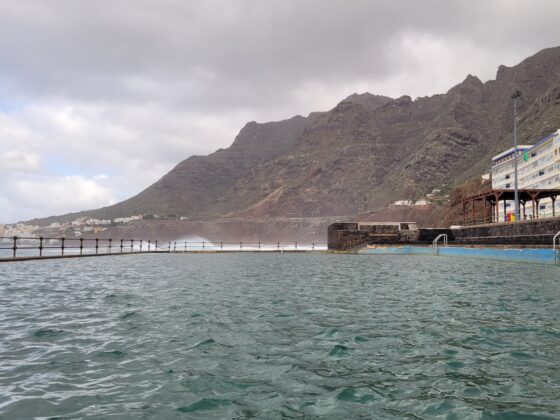I used AI to write this (as actually this is meant to be my task next week 19th May), so it actually hasn’t happened, so ignore the wording for a bit.
After buying a ground-floor unit in Bajamar that had been unused for over 15 years, one of my first challenges was getting the electricity reconnected. What sounds like a simple task ended up being a bit of a journey, and I thought sharing my experience might help others navigating Spain’s utility bureaucracy—especially in the Canary Islands.
Step 1: Check What’s Already There
The first thing I had to do was find out what kind of supply (if any) was still in place. The building had a communal meter room, and my unit’s connection was still physically present but completely inactive. If you’re in a similar situation, look for:
- The CUPS number (Código Universal del Punto de Suministro), which identifies your supply point.
- Whether there’s a physical meter or any remnants of one.
- The name of the distributor in your area (in Tenerife, this is usually e-Distribución, part of the Endesa group).
Step 2: Hire a Licensed Electrician
Before any reconnection can happen, you’ll need a Boletín Eléctrico (Electrical Installation Certificate). A licensed electrician inspects or upgrades the installation and certifies it’s safe and legal for reconnection. If your property’s been disconnected for more than 3 years, this is non-negotiable.
In my case, the wiring had to be updated, and I opted to get a modern fusebox installed to future-proof the unit for residential use.
Step 3: Choose an Energy Supplier
Once the Boletín is ready, you can contact an energy supplier (Endesa, Iberdrola, Naturgy, Holaluz, etc.) to sign a contract. You’ll need:
- NIE and proof of identity
- Proof of ownership or rental contract
- CUPS number
- The Boletín Eléctrico
- Your bank account for direct debit
Most suppliers let you set this up online or by phone, though the process can be smoother if you use a gestor or local contact fluent in Spanish.
Step 4: Wait for the Distributor
Once the contract is in place, the supplier forwards everything to the distributor, who sends a technician to reconnect the power and install a smart meter if needed. This part took around 5–10 working days for me, though I’ve heard of it taking longer in more rural parts of the island.
Costs and Timelines
Here’s a rough breakdown of what I paid:
- Electrician and Boletín: €150–€250
- Meter activation fee (via supplier): ~€50–€80
- First month’s standing charge and usage: varies by supplier and plan
All in, it took about 3 weeks from start to finish.
Final Thoughts
Reconnecting electricity in Tenerife isn’t rocket science, but it helps to understand how the system is split between distributors (who handle the physical grid) and suppliers (who sell you the electricity). Having local help, especially someone familiar with how things work in the Canaries, can save you time and stress.
If you’re trying to bring an old building back to life like I am, getting the power on is the first real milestone—and it feels great when the lights finally flicker back to life.


